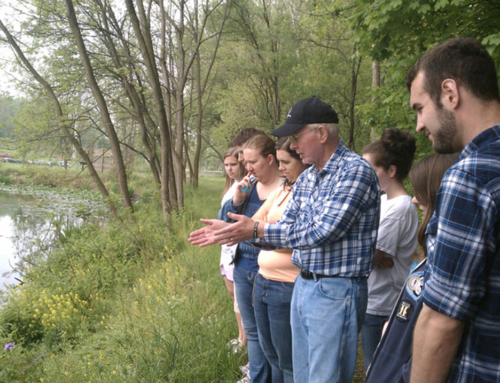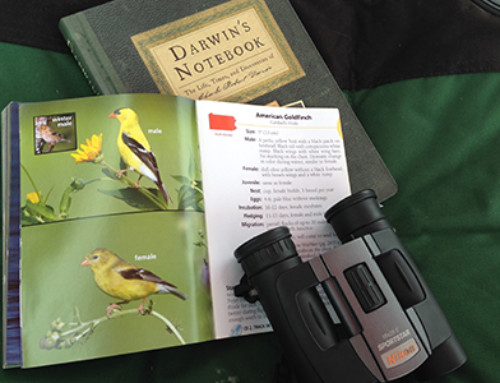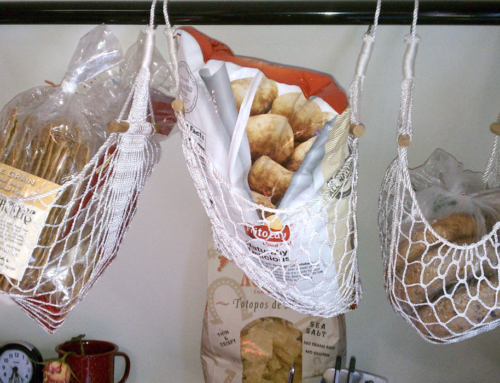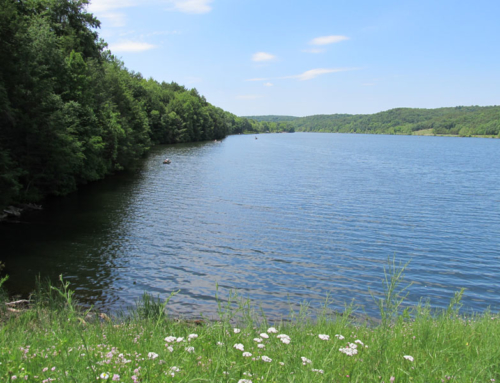I am not a botanist, but I enjoy spending time at Botanical Gardens.
These gardens can take many forms, but the specimens are usually suited to the particular climates found in the state.
According to Wikipedia, the inception of botanical gardens is linked to the history of botany, and most 16th and 17th-century scientific gardens were devoted to growing medicinal plants. The concept of a botanical garden evolved to encompass, “displays of the beautiful, strange, new and sometimes economically important plant trophies being returned from the European colonies and other distant lands.”
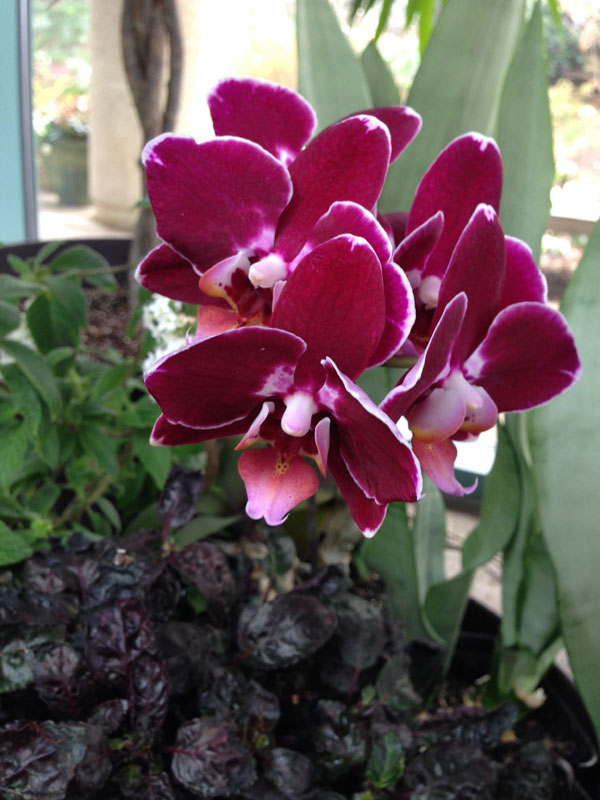
“Later, in the 18th century, they became more educational in function, demonstrating the latest plant classification systems devised by botanists working in the associated herbaria as they tried to order these new treasures. Then, in the 19th and 20th centuries, the trend was towards a combination of specialist and eclectic collections demonstrating many aspects of both horticulture and botany,” the encyclopedia continues.
Personally, I enjoy strolling through a Botanical Garden because I appreciate the care and thoughtfulness of the gardeners and specialists who nurture and identify plants, creating entire landscapes to evoke a feeling, tell a story.
My husband and I spent a March afternoon at the Meadowlark Botanical Garden in Wolf Trap, Virginia, where we were greeted by freshly planted beds of pansies, with purple and yellow hearts. Every time I see pansies, I think of my grandfather. Each spring, he would plant pansies along the front walk, and border them with white-painted stones.
Meadowlark consists of 95 acres of ornamental display gardens and unique native plant collections. The meandering trails go by lakes filled with giant koi fish, scrub forests that buffer the gardens from nearby city traffic, and a unique Korean Bell Garden. This aspect of Meadowlark is more architectural, and pays homage to the Korean immigrants of the region. The atrium next to the visitor’s center contains an indoor tropical garden, and employees were scurrying about preparing for an upcoming event, rearranging tables and setting up chairs.
Meadowlark reminded me not only of my grandfather, but of my sister, Susan, an avid gardener who specializes in her vignettes. Throughout her small Florida garden, she has created fairyland and woodland scenes that delight the senses. She has bushes for butterflies, tiny houses for the ubiquitous Florida anole lizard, arbors for migrating birds, ponds for goldfish, and rocks for the hiding snakes. There are birdbaths, gazing balls, gnomes, chairs and tables, and even a gazebo, packed into a tiny front yard.
She has twinkling lights year-round, and on holidays she burdens the garden with decorations. For example, on Halloween, she adds witches, bats and ghosts and other frightful accouterments to her display. At Christmas, Santa and reindeer are squeezed into the mix. She has help with her unique decorations. Her husband is a regular at the local flea market/swap meet, held each weekend throughout the year in sunny St. Petersburg, and he’ll pick up a curio or two and bring it home. A global mishmash, her garden will someday be an archaeologist’s nightmare.
I recently read an article about landscape and garden designer Jinny Blom, and am captivated by her vision. Her book, The Thoughtful Gardener: An Intelligent Approach to Garden Design
, is on my To-Buy List.
In The Thoughtful Gardener, Blom shares her insight into the creative process she has developed while designing more than 250 gardens around the world. According to the Amazon book description, Blom “… believes that garden design should lead from a house and its context. For her, design is more a matter of intelligence and appropriateness than imposing a particular style. As such, Jinny’s approach, which she demonstrates in this book in the many and varied gardens she has created, can be applied to any garden in any situation. The reader can take inspiration from Jinny’s principles and apply them to their own garden, whatever the shape, size of plot or aspect, to create a garden that will work for them and their situation, giving enormous satisfaction for years to come.”
My ancestral roots are in Ireland (thanks to Scandinavian invaders collecting and uniting people from Norway and France and settling on the Emerald Isle), so I’m interested in building a Celtic Garden and Celtic design is rich in history and sacred symbolism. I’m dreaming of a circle of standing stones, a megalith carved with circles, spirals, arcs and chevrons, and garden sculptures with knot designs, featuring interwoven strands with no beginning or end — symbols of eternity and the unending and interconnected cycle of life.
These elaborate designs dance in my imagination, but there’s more. I would include more trees, hardy herbs, thistles and heather, as well as a gravel labyrinthine path. Next to Pagan Rock, I envision a sundial and a garden bench for bird-watching. That’s as far as I take it.
The good news is, my husband has developed quite the “green thumb” during the past few years, so possibly he’ll add my Celtic Garden to his To-Do List. I hoe so.
Oops, I meant to type, “I hope so.” A Freudian slip?
I really want to get into the garden!
There are affiliate links in this blog post. If you click through and make a purchase, I may receive a commission, at no additional cost to you. Read more here.





